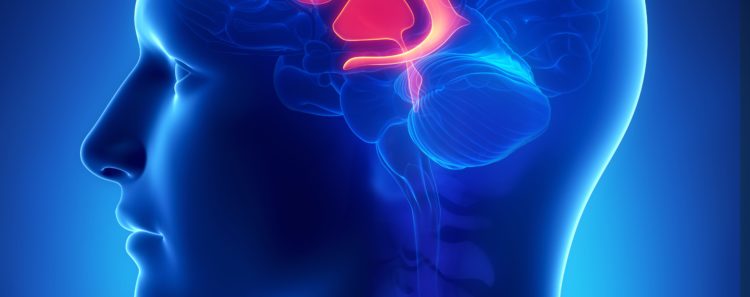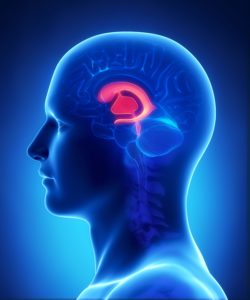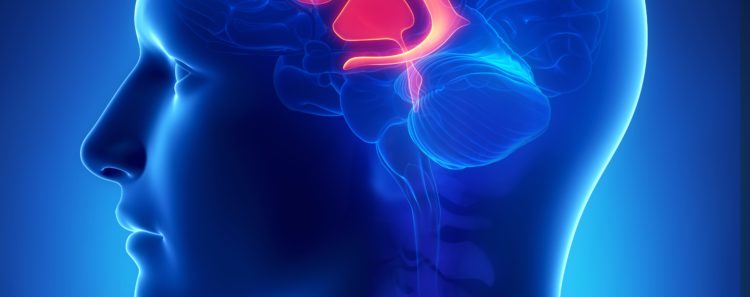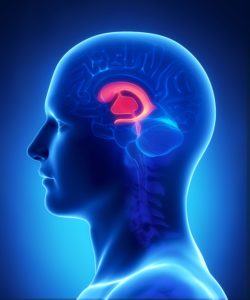© 2017, GENASSIST, Inc.
By Keith S. Wexler, MBA, Maternal Fetal Medicine, Prenatal Diagnosis and Biotech /Life Science Consultant
Paul Wexler, M.D., F.A.C.O.G., Medical Director, GENASSIST, Inc.
Clinical Professor, Department of OB/GYN, University of Colorado Health Sciences Center
Clinical Professor, Division of Genetics/Dept. of Pediatrics, Univ. of Colorado/The Children’s Hospital
Background: In the article “Nearly a Third of Abnormalities Found After 1st Trimester Screening Are Different Than Expected: 10 year Experience from a Single Center” by Alamillo, CM et al [in Prenatal Diagnosis 2013, 32, 1-6] results of 23,329 1st Trimester Screenings showed 6.3% were screen positive.
Using maternal age, nuchal translucency, free beta HCG and pregnancy associated plasma protein – A (PAPP-A) an abnormal karyotype was found in 3.9% of screen positive for Down Syndrome, 13.8% screen positives for Trisomy 13/18 and 45.9% of screen positives for Down Syndrome and Trisomy 13/18.
97 pregnancies were found to have an abnormal karyotype. However:
- 29.9% had chromosome abnormalities other than Trisomy 13, Trisomy 18 or Trisomy 21
- 47,XXY and 45,X were the next most common chromosomal abnormalities found
- There were 5 cases of mosaicism
- 3 cases of polyploidy
- 1 case each Trisomy 16 and Trisomy 22
- 5 patients with structural chromosomal rearrangements
There was a direct relationship between the nuchal translucency thickness (NT) and the likelihood of a chromosomal abnormality.
- NT between 3-5 mm & 3.9 mm, 10% of the fetuses had a chromosomal abnormality
- NT between 4.0 mm & 4.9 mm, 40% of the fetuses had a chromosomal abnormality
- NT between 5.0 mm & 5.9 mm, 46% of the fetuses had a chromosomal abnormality
- NT between 6.0 and 6.9 mm, 50% of the fetuses had a chromosomal abnormality
- NT between 7.0 mm & 7.9 mm, 40% of the fetuses had a chromosomal abnormality
- NT greater than 8.2 mm, 100% (15 cases) had a chromosomal abnormality.
Although most healthcare providers would like to see Circulating Cell Free DNA (cfDNA) testing extended to all pregnant patients, the above data would suggest that:
1st Trimester Aneuploidy Screening is still a valuable tool for identifying fetuses at risk for other chromosomal abnormalities as well as for identifying structural abnormalities (e.g. gastroschisis, encephalocele, cystic hygroma, heart defects, limb abnormalities, diaphragmatic hernia and others).
Families should be counseled that circulating cell free fetal DNA testing although valuable, does not rule-out all chromosomal abnormalities and in the presence of abnormal 1st Trimester Screens or ultrasound findings more definitive testing by chorionic villus sampling (CVS) or amniocentesis may be indicated.
Analysis:
The availability of testing for Fetal DNA in the maternal circulation for Trisomy 13, Trisomy 18 and/or Trisomy 21 and the sex chromosomes [45,X/47,XXX/47,XXY and/or 47,XYY] for pregnant women at increased risk is a major breakthrough for those of us who have been awaiting a non-invasive test for chromosomal aneuploidy.
Combining the at risk population including advanced maternal age, family history of a chromosomal abnormality, abnormal ultrasound or biochemical tests, it is now possible to screen for some specific triploidies and sex chromosomal abnormalities.
However, we have known that Circulating Cell Free DNA (cf DNA) testing will need to evolve further to be able to diagnose chromosomal abnormalities other than the one’s described above and at present will miss most deletions, duplications, translocations and chromosomal mosaicism.
With the assistance of microarray testing and the advances in fetal DNA testing, the chromosomal abnormalities now missed will continue to be uncovered.





